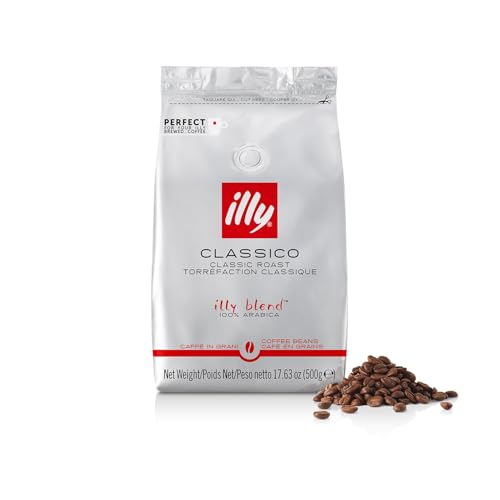Coffee Processing Guide
Prior to your coffee beans being roasted and brewed, they go through a significant process that affects their flavor: processing. It is the process by which the outer layers of the coffee cherry are removed to get to the seed (a “bean”). Each process alters the chemical makeup of the bean and, ultimately, the flavor in your cup.
The Three Main Processing Methods
related article: The Truth About Freezing Coffee Beans: Does it Preserve Freshness?
Washed (Wet Process)
Here, the outer fruit is completely removed before drying the beans.
- Flavor Profile: Clean, bright acidity, distinct flavor notes
- Popular Regions: Colombia, Kenya, Central America
Natural (Dry Process)
The whole cherry is dried here before the fruit is removed.
- Flavor Profile: Fruity, wine-like, heavier body
- Popular Regions: Ethiopia, Brazil
Honey Process (Pulped Natural)
A hybrid where some of the fruit mucilage is left on the bean while drying.
- Flavor Profile: Sweet, balanced acidity, syrupy body
- Popular Regions: Costa Rica, El Salvador
Why It Matters for Flavor
The process can intensify or mute flavors. Washed coffees are clean and bright, and naturals are intense and fruity. Honey process offers a smooth, sweet middle ground.
If you like clarity in your pour-over, go for washed. If you like bold, jammy espresso shots, seek out natural-processed beans.
Home Barista Tip
When experimenting with new beans, take note of the entire process. If you loved a natural-processed Yirgacheffe, you’ll love other African naturals too. Your taste buds will start to pick up on trends, and you’ll be a wiser shopper.
Recommended Equipment
Focusing on processing methods helps differentiate bean recommendations. Titles like “Best Natural Process Coffees for Frencoffees for French Press” or “Washed Coffees for Bright Pour-Overs” make content more searchable and targeted for affiliate sales.













[…] related article How Coffee Processing Methods Impact Flavor […]
[…] taste in your cup of coffee is determined well before it reaches the roasting or brewing steps. Mainly, it is shaped by how the […]
[…] you’ve ever brewed coffee at home and felt something was off, chances are your grinder might be the culprit. Choosing the […]
[…] coffee. Today, it involves more duties and expertise. Contemporary baristas prepare beverages and make coffee culture happen. They usually converse with customers about brewing methods, where the beans come […]